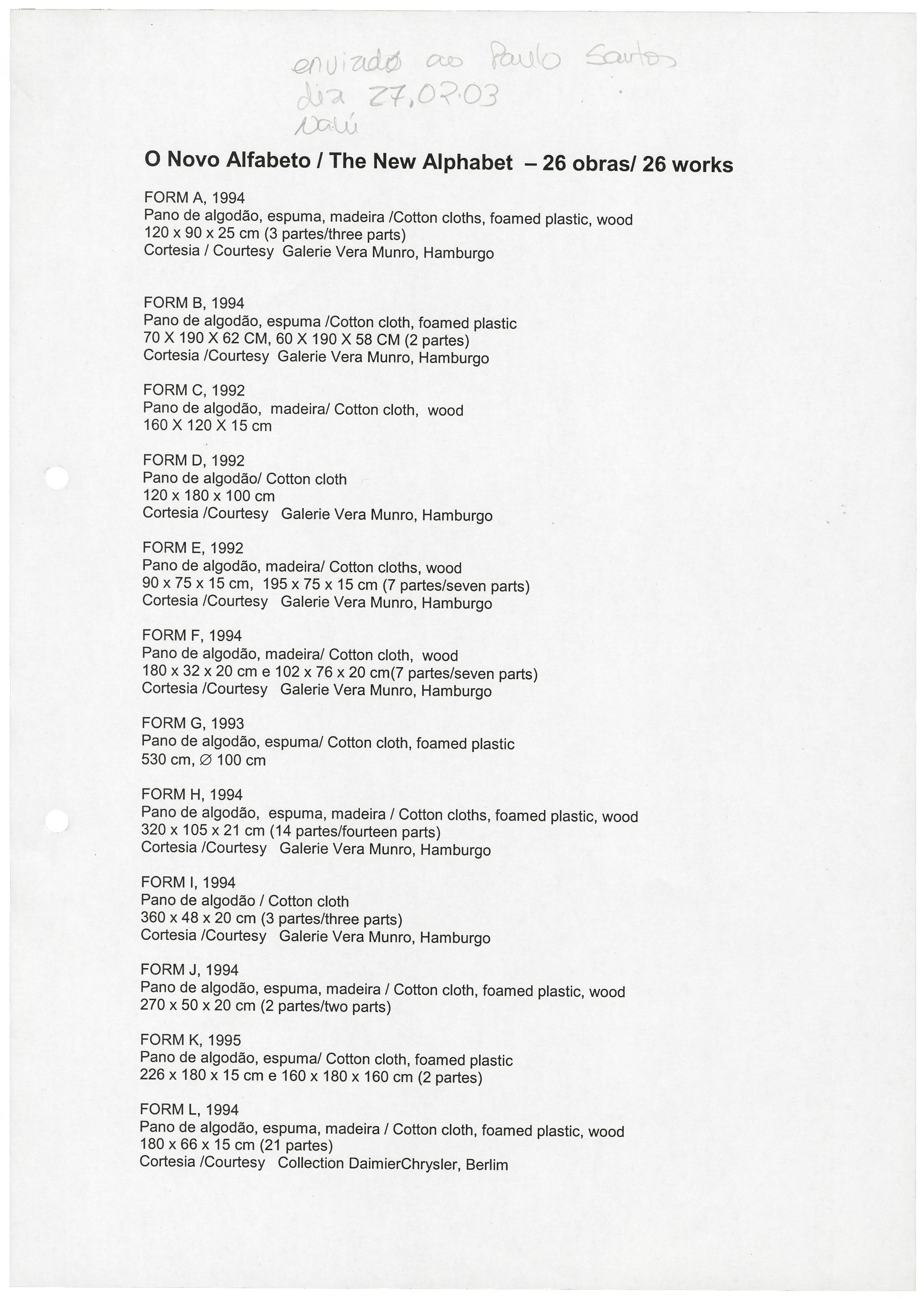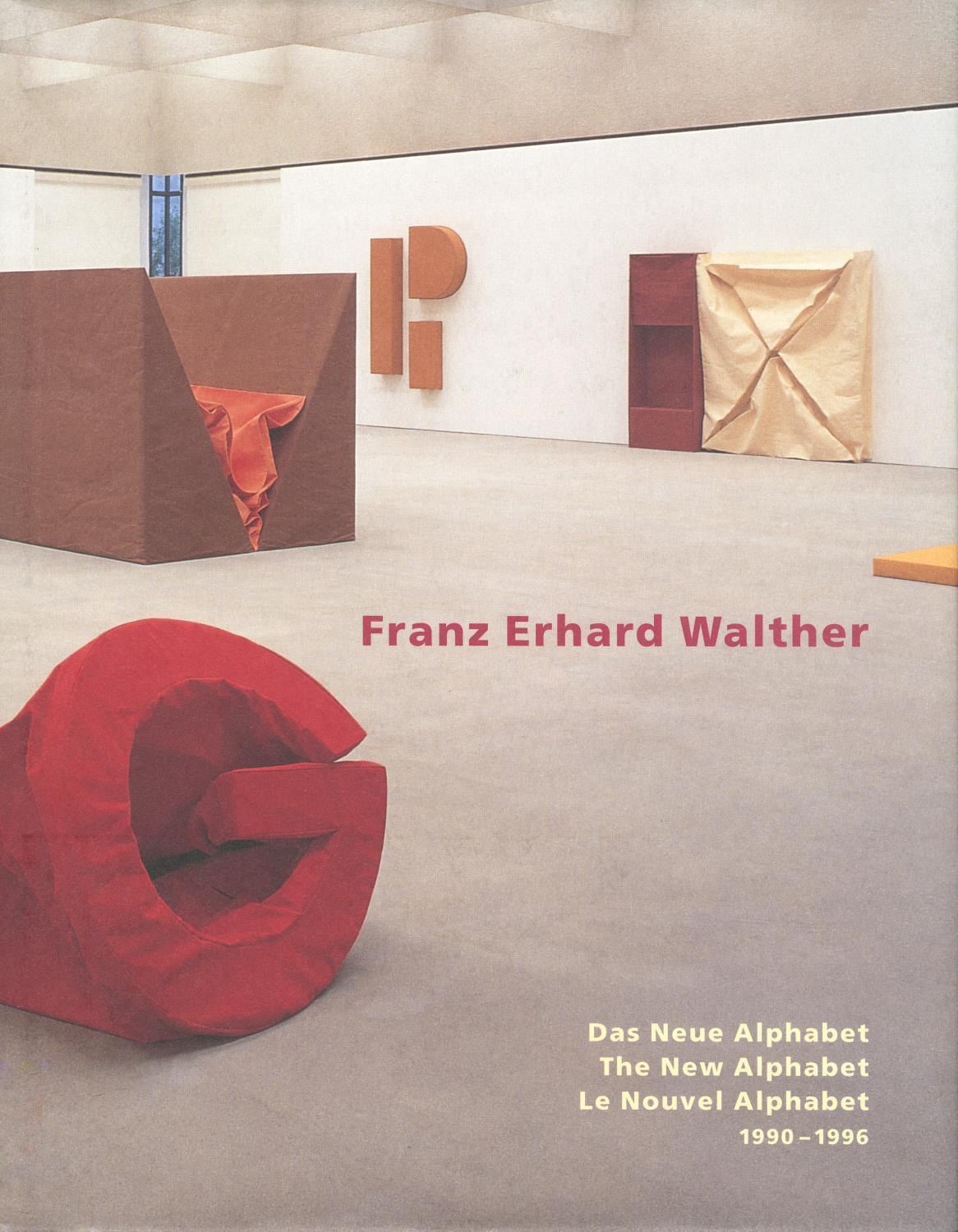
Franz Erhard Walther. Das Neue Alphabet, 1990 – 1996
Exposição individual itinerante dedicada ao artista alemão Franz Erhard Walther (1939). Tendo sido já realizada na Alemanha, a mostra apresentou o projeto do artista O Novo Alfabeto, realizado entre os anos de 1990 e 1996, assim como uma vasta retrospetiva dos trabalhos sobre papel, realizados entre as décadas de 50 e 80.
Solo travelling exhibition dedicated to German artist Franz Erhard Walther (1939). The show had previously been held in Germanyand displayed the artist’s project “The New Alphabet”, produced between 1990 and 1996, as well as a vast retrospective of works on paper produced between the 1950s and 1980s.
Ficha Técnica
- Iniciativa
- Organizador / Serviço responsável
- Organizador / Parceiro institucional
- Programação
- Curadoria
- Colaboração projeto exposição
- Projeto museográfico e coordenação técnica
- Equipa de museografia e montagem
Artistas / Participantes
Publicações
Material Gráfico
Fotografias
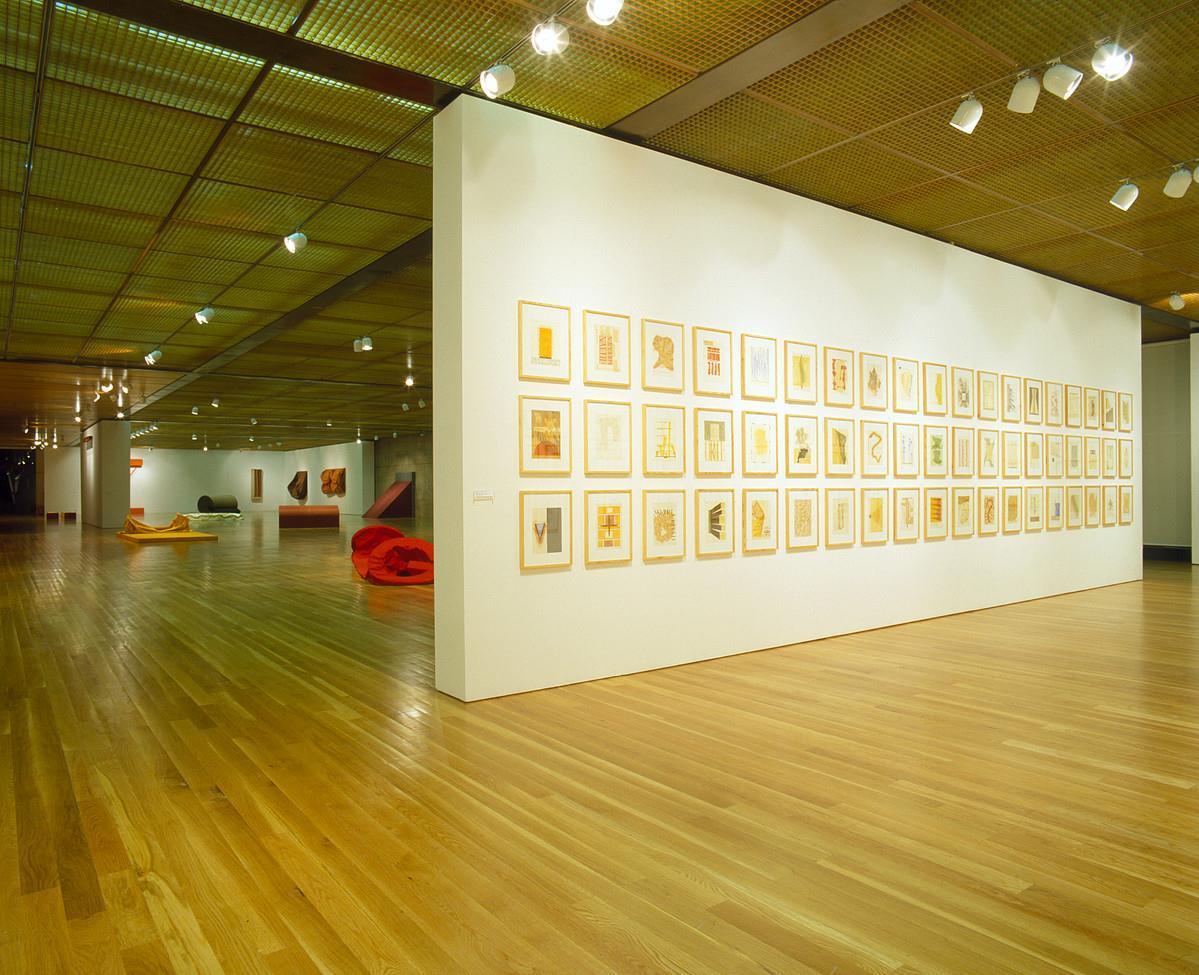
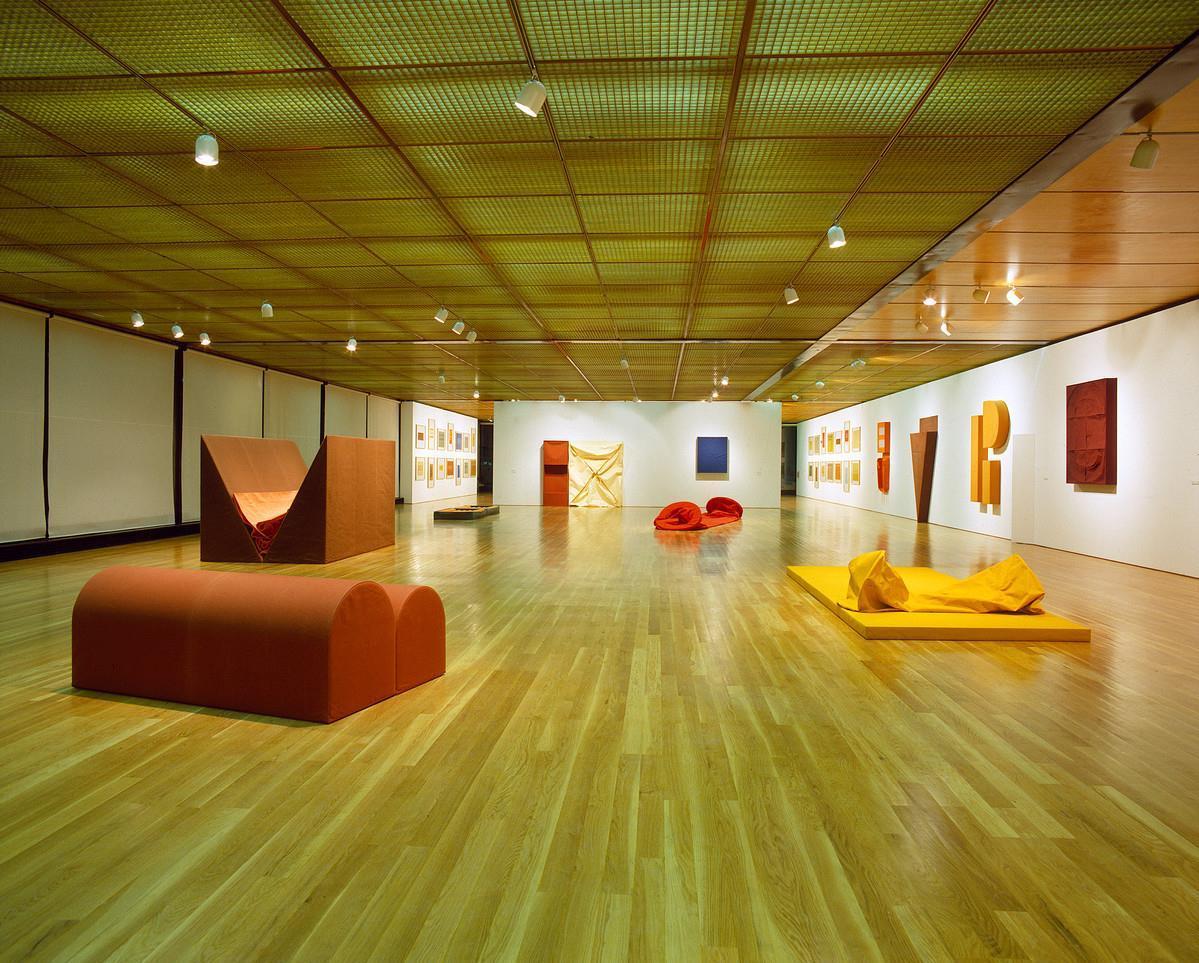
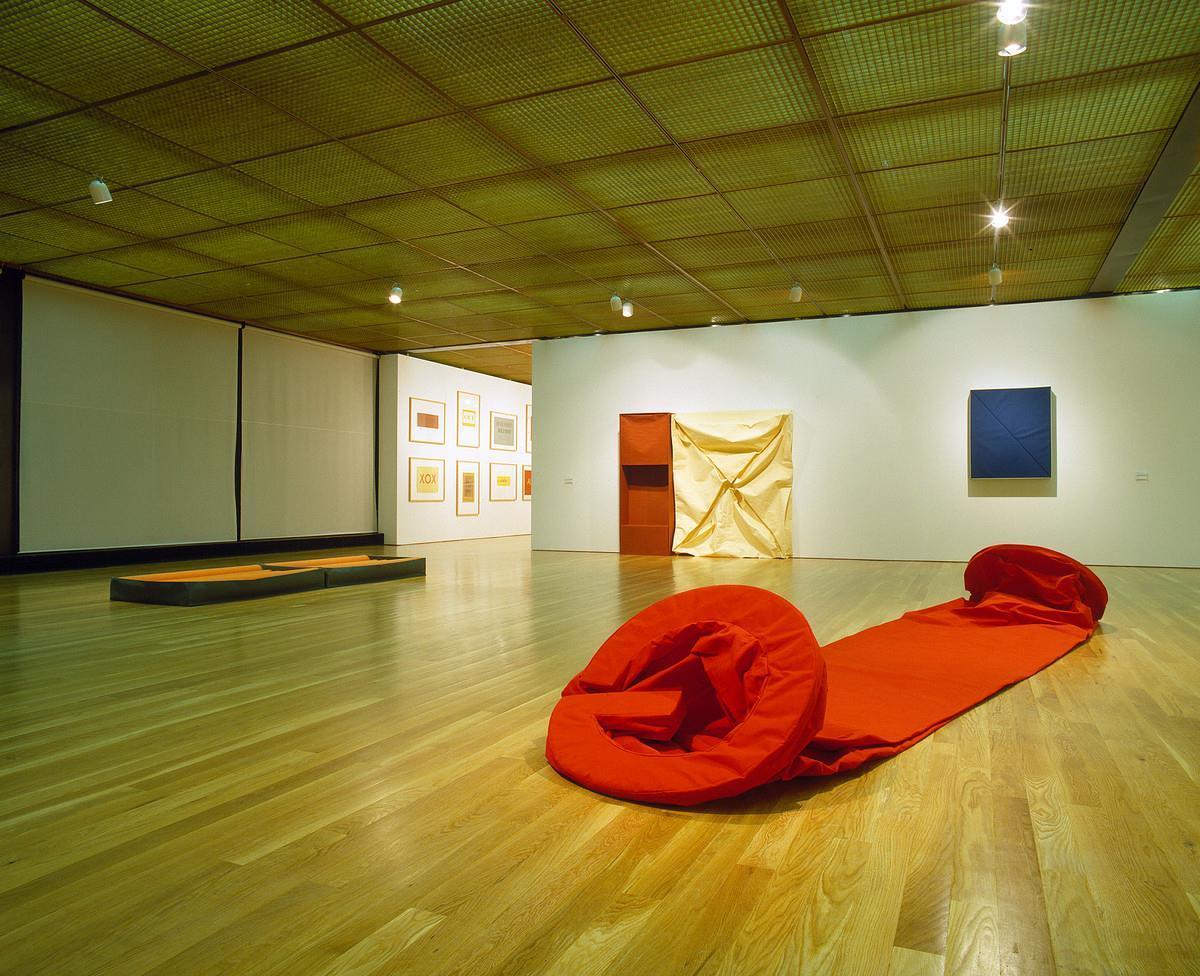
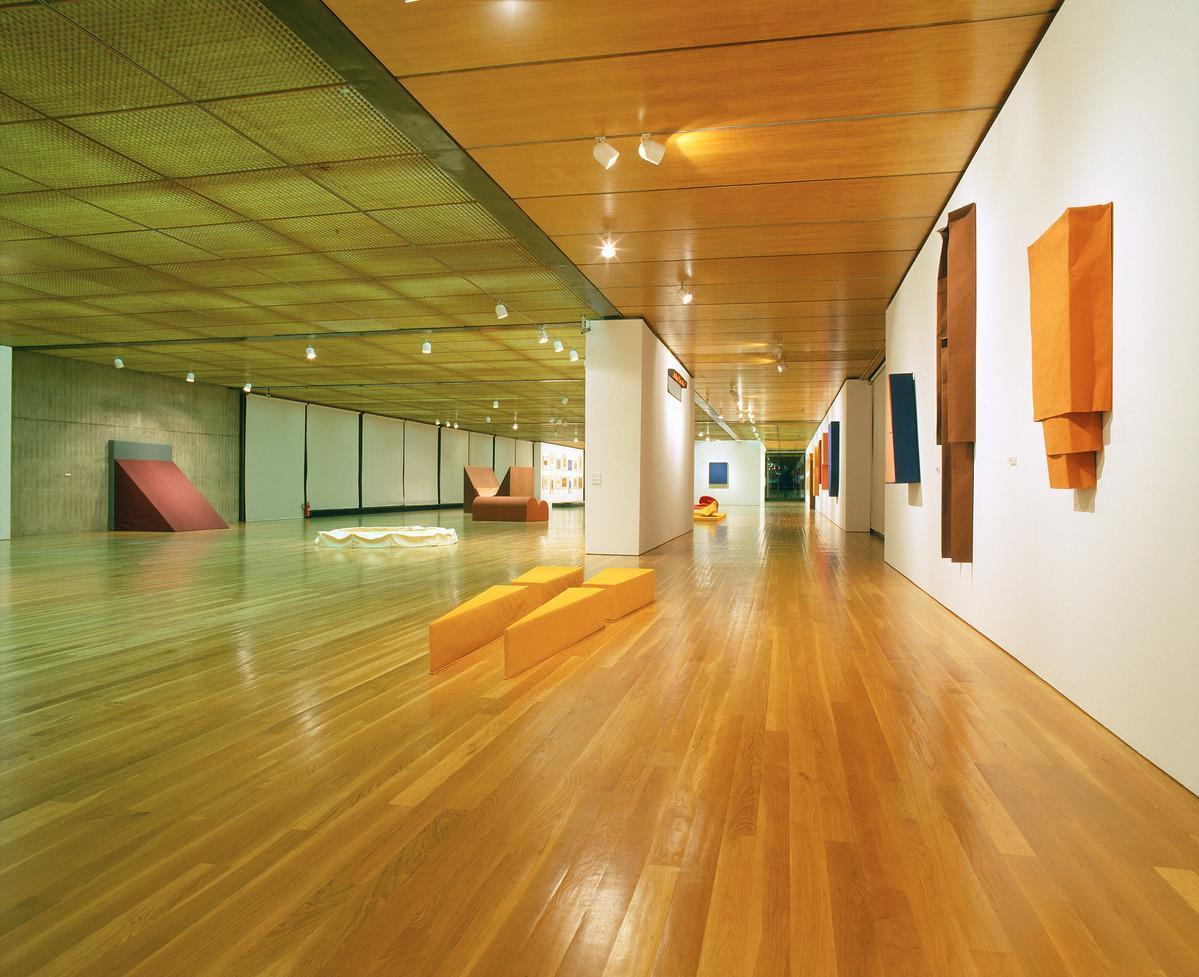
Documentação
Periódicos

Newsletter. Fundação Calouste Gulbenkian
Lisboa, abr 2003
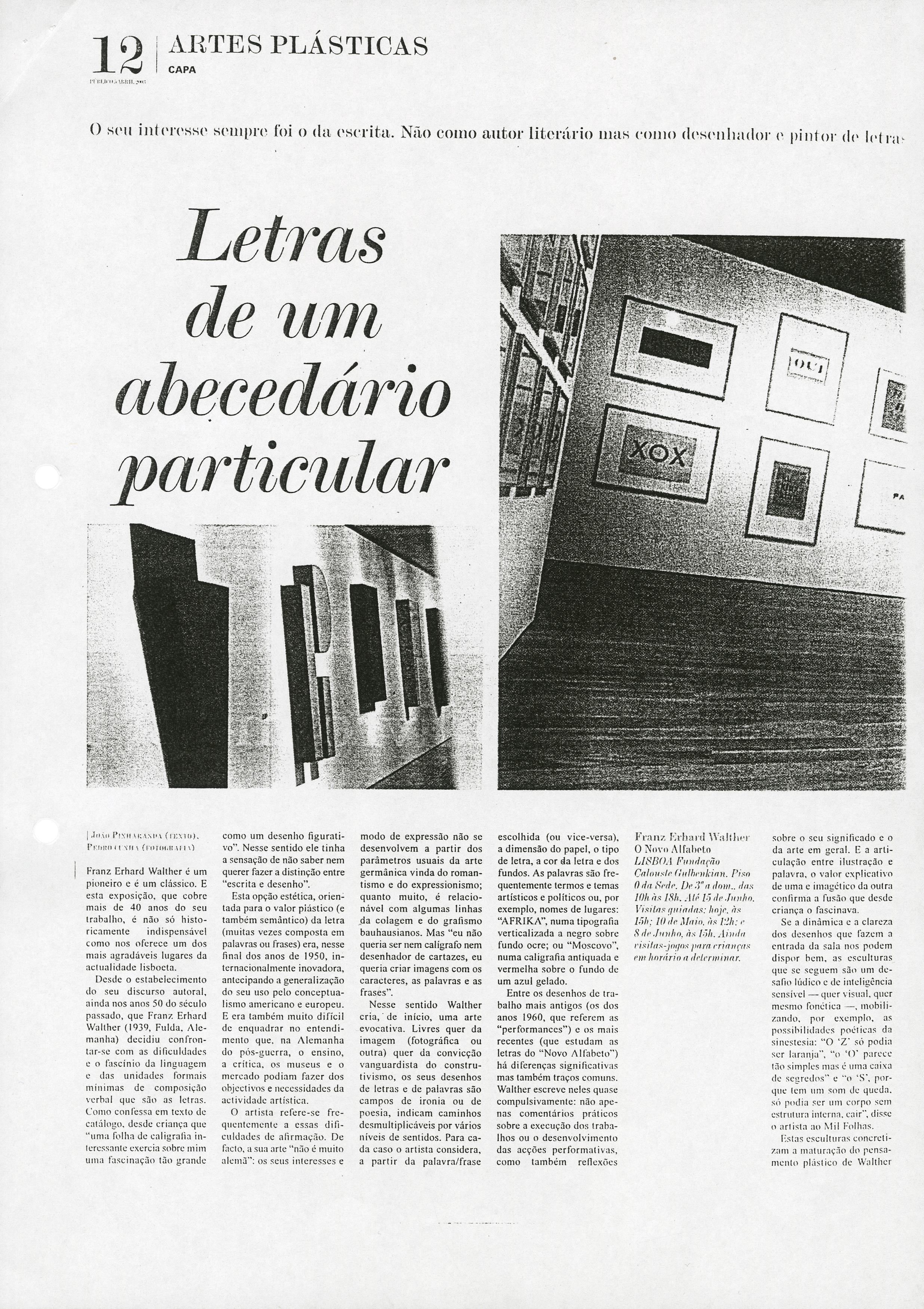
Público
Lisboa, 5 abr 2003
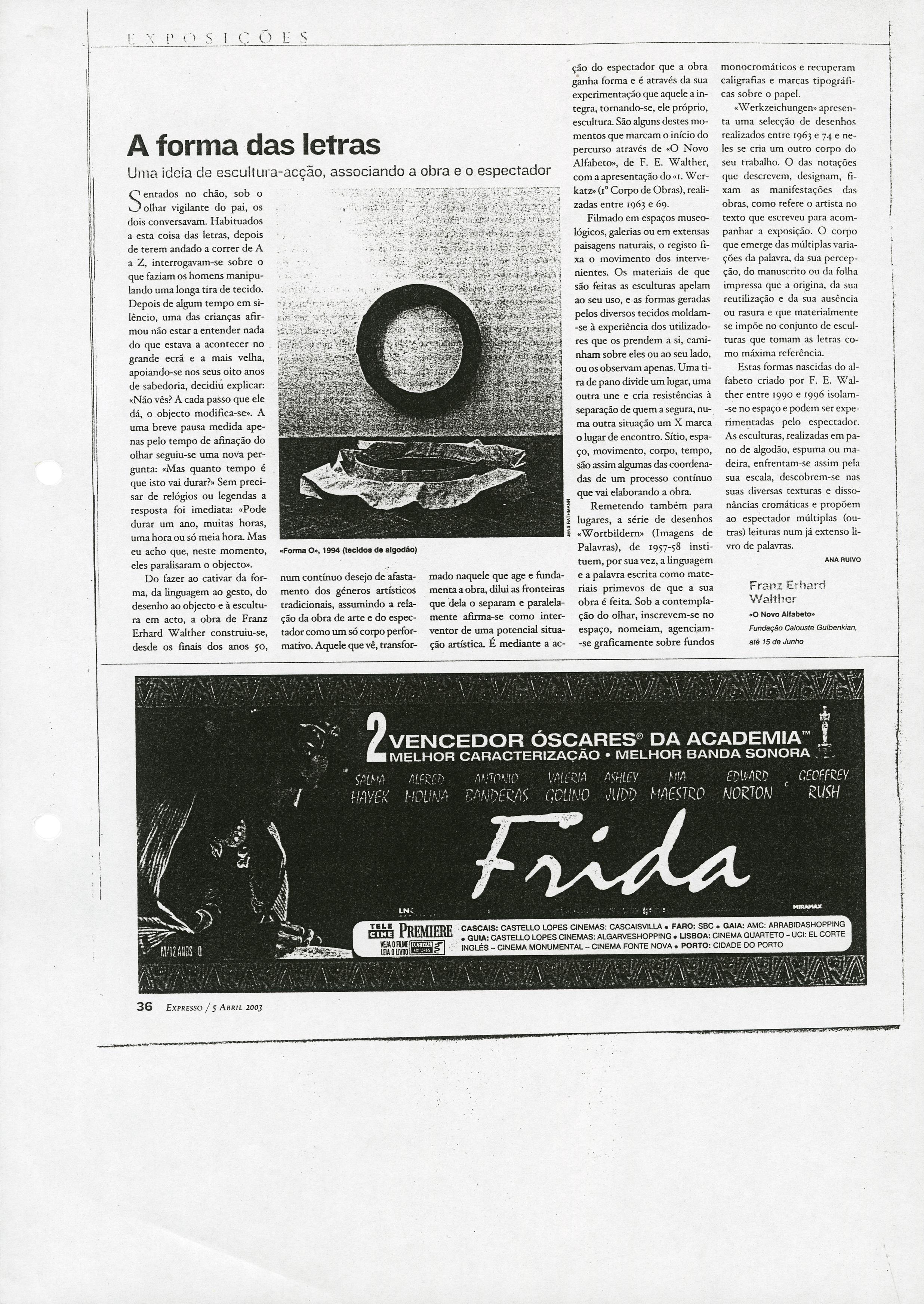
Expresso
Lisboa, 5 abr 2003
Fontes Arquivísticas
Exposições Relacionadas
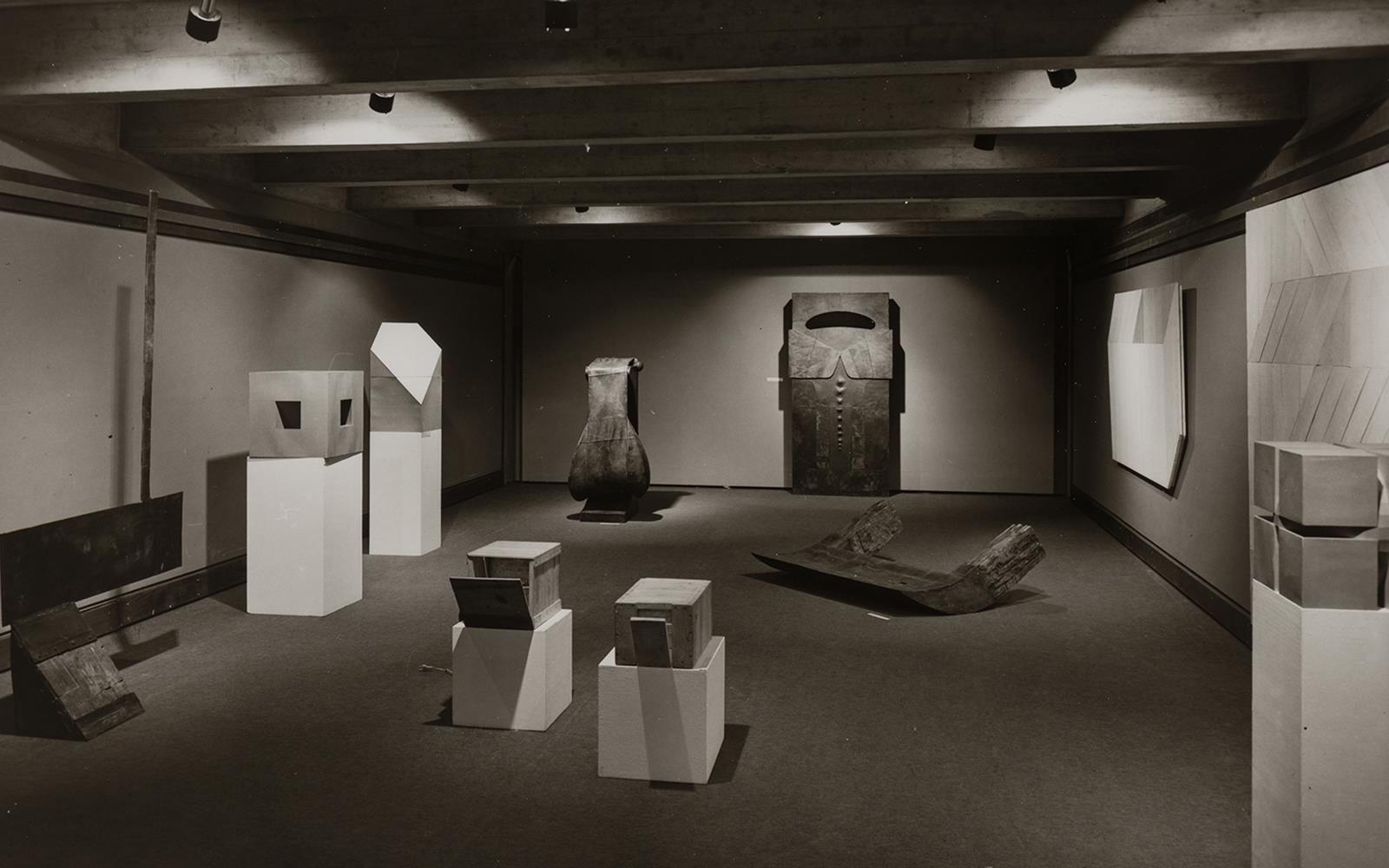
Poesia Criada pela Matéria, Luz e Movimento
1979 / Itinerância [organização externa]
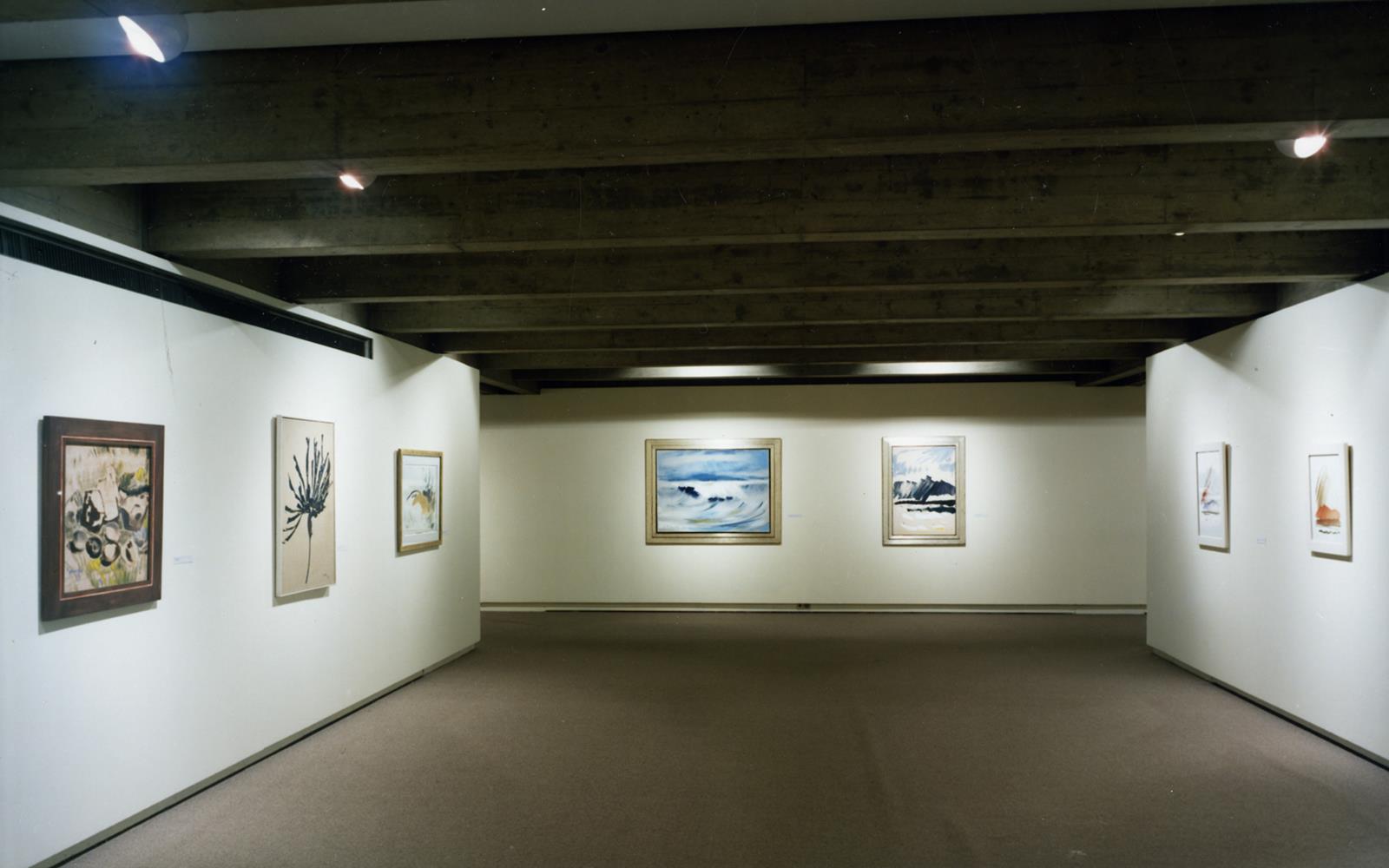
Siegward Sprotte. Arbeiten, 1923 – 1993
1993 / Itinerância [organização externa]

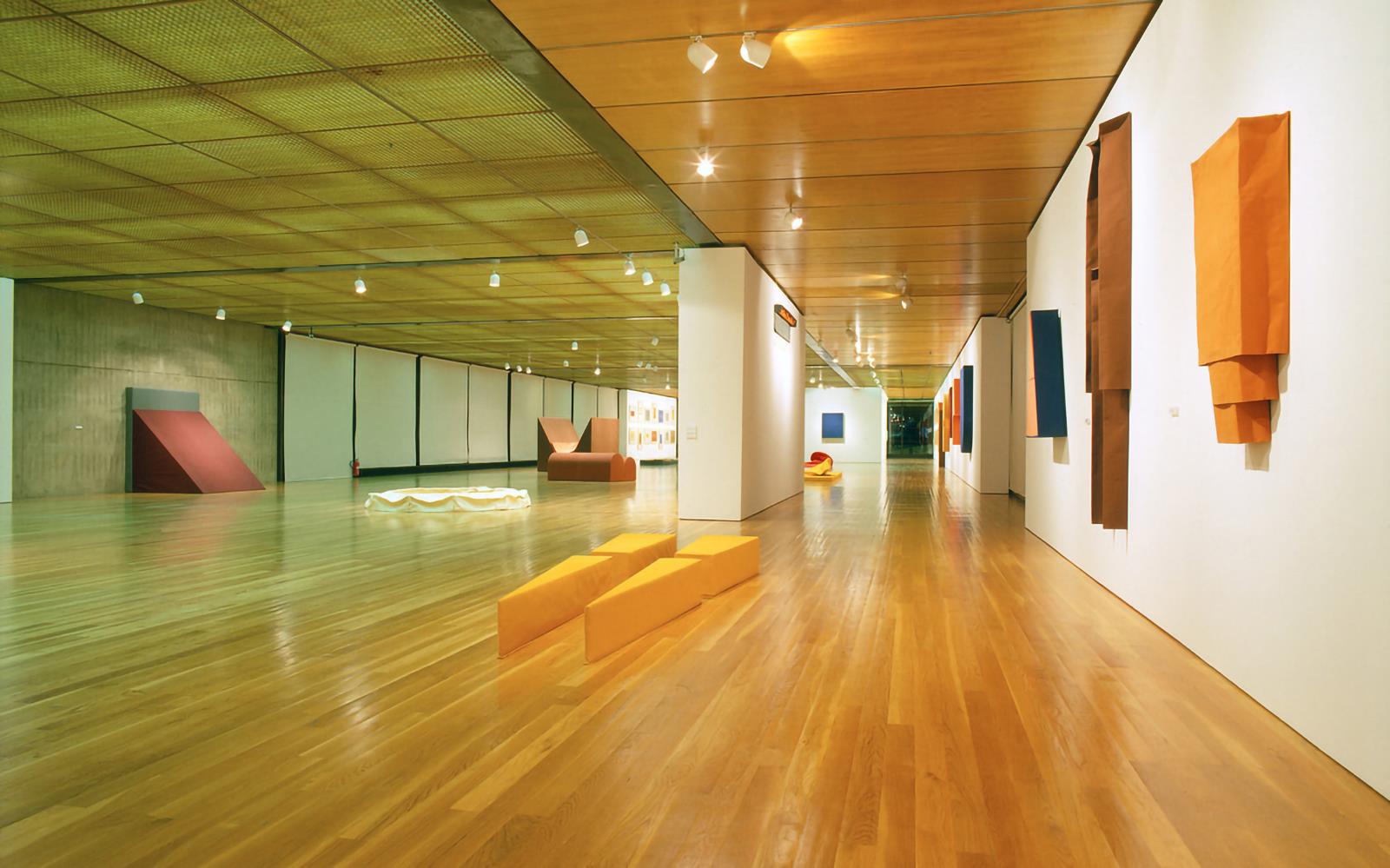
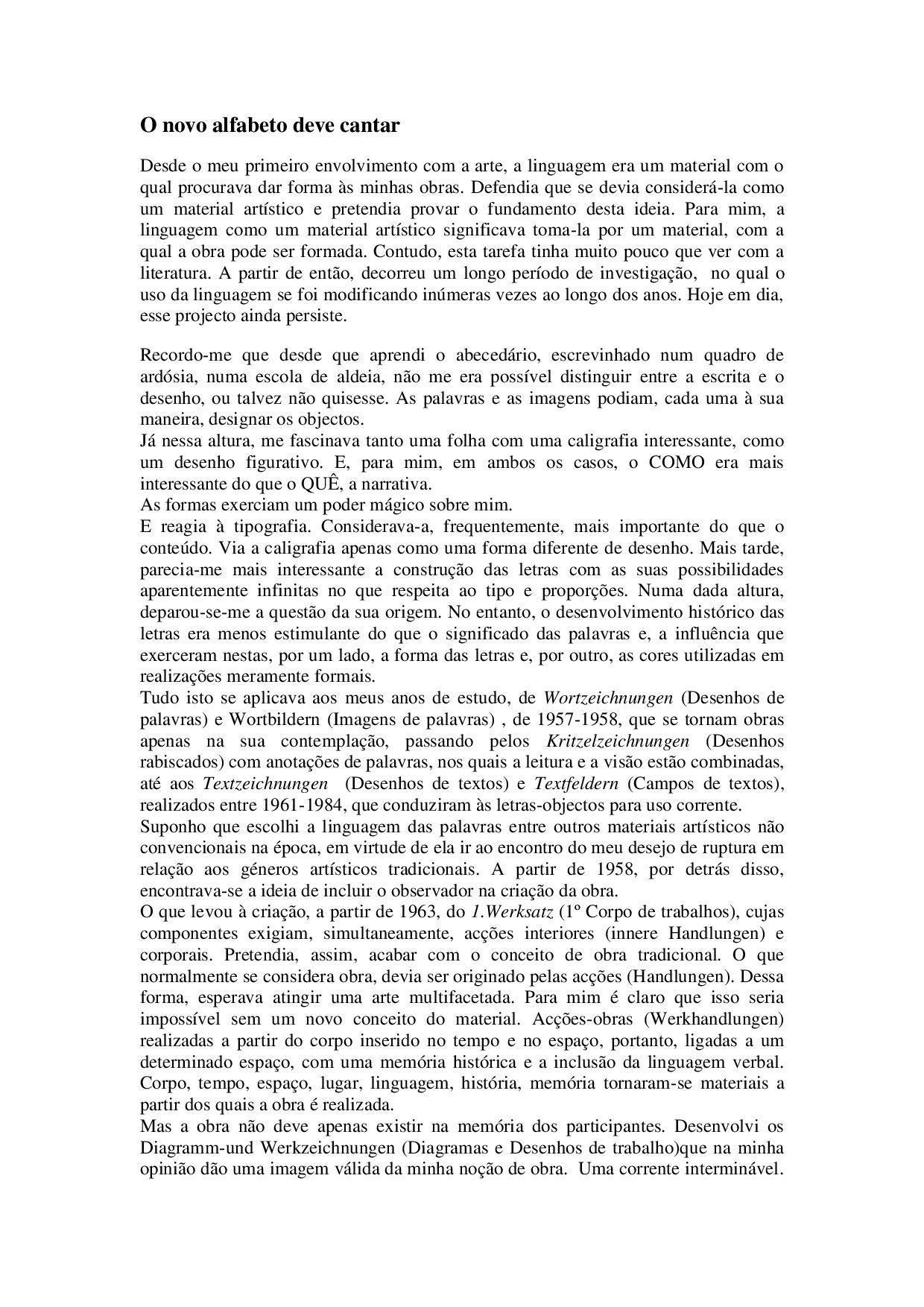
![[Franz Erhard Walther. Das Neue Alphabet, 1990 – 1996]](https://content.gulbenkian.pt/inarte/29874_1240x1754.jpg)
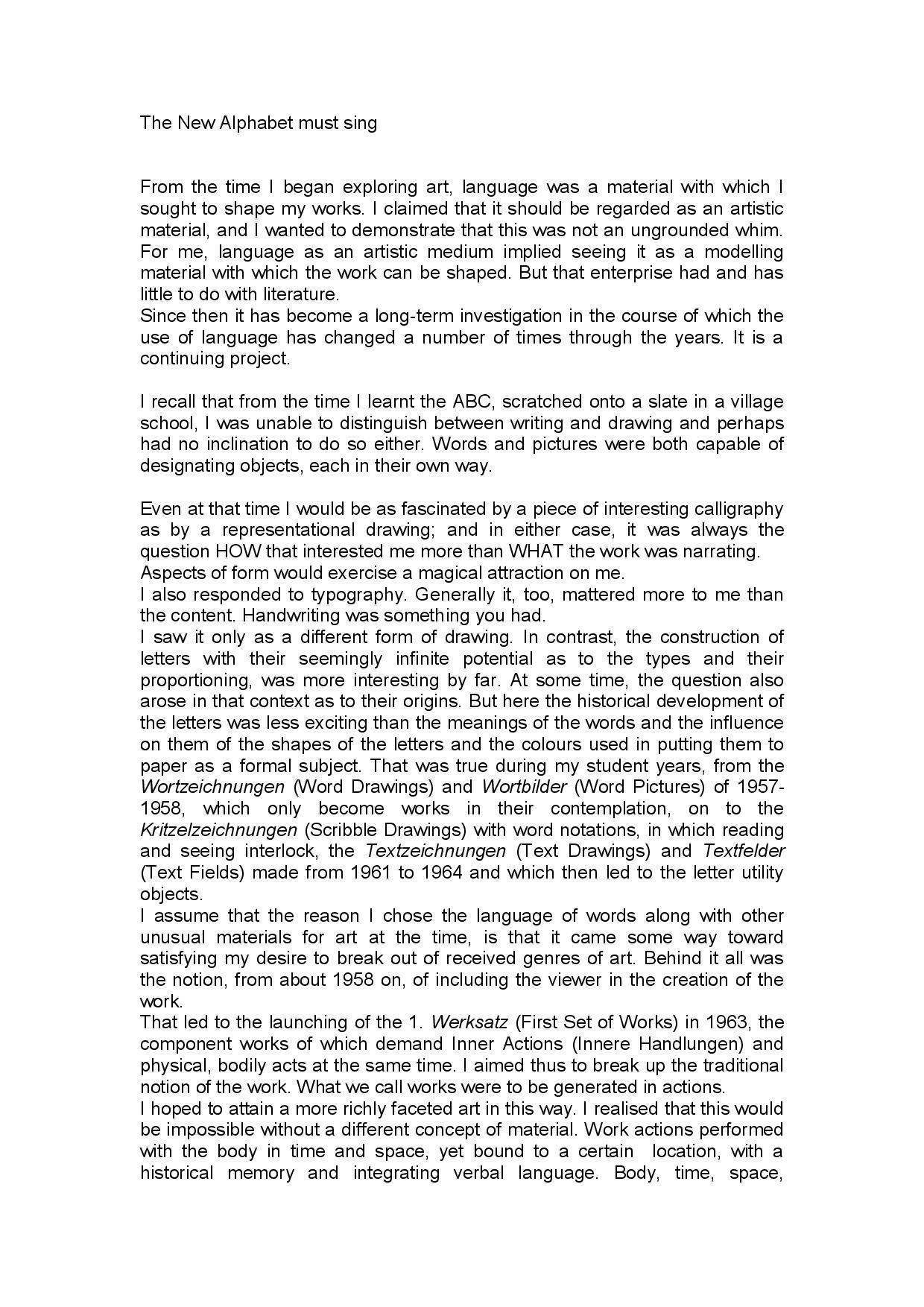
![Franz Erhard Walther. Das Neue Alphabet, 1990 – 1996 [exposição, visitas-guiadas e ateliê]](https://content.gulbenkian.pt/inarte/26546_1764x2134.jpg)
